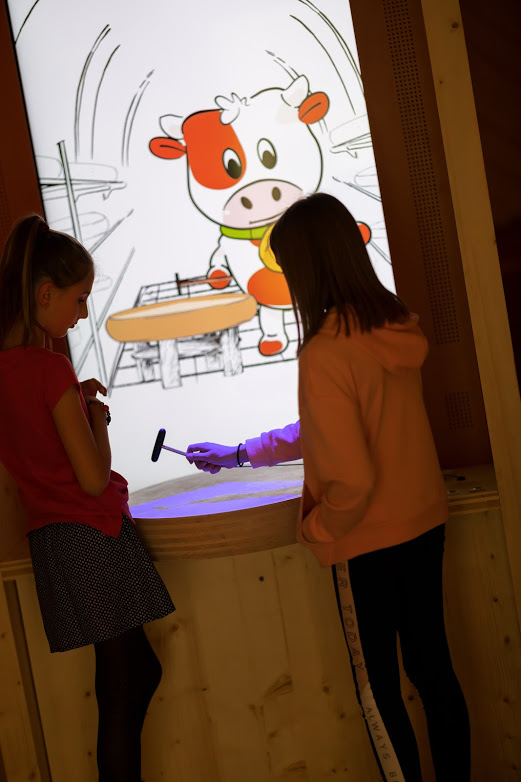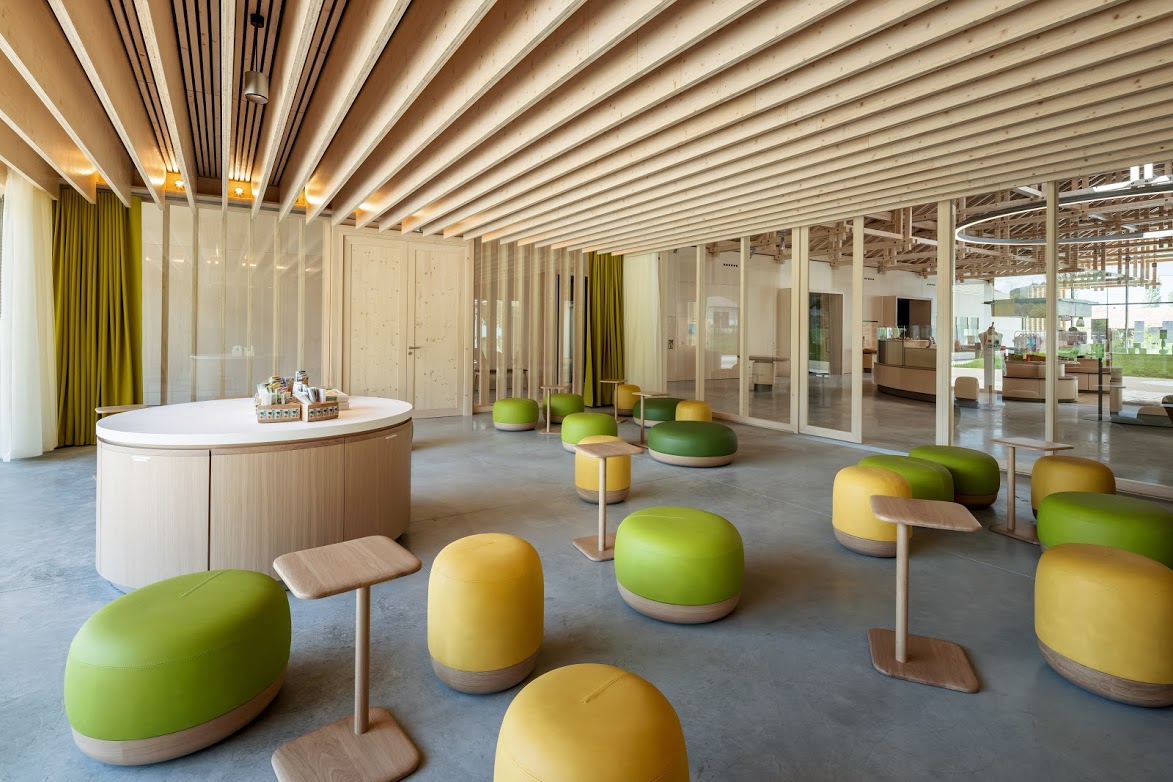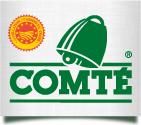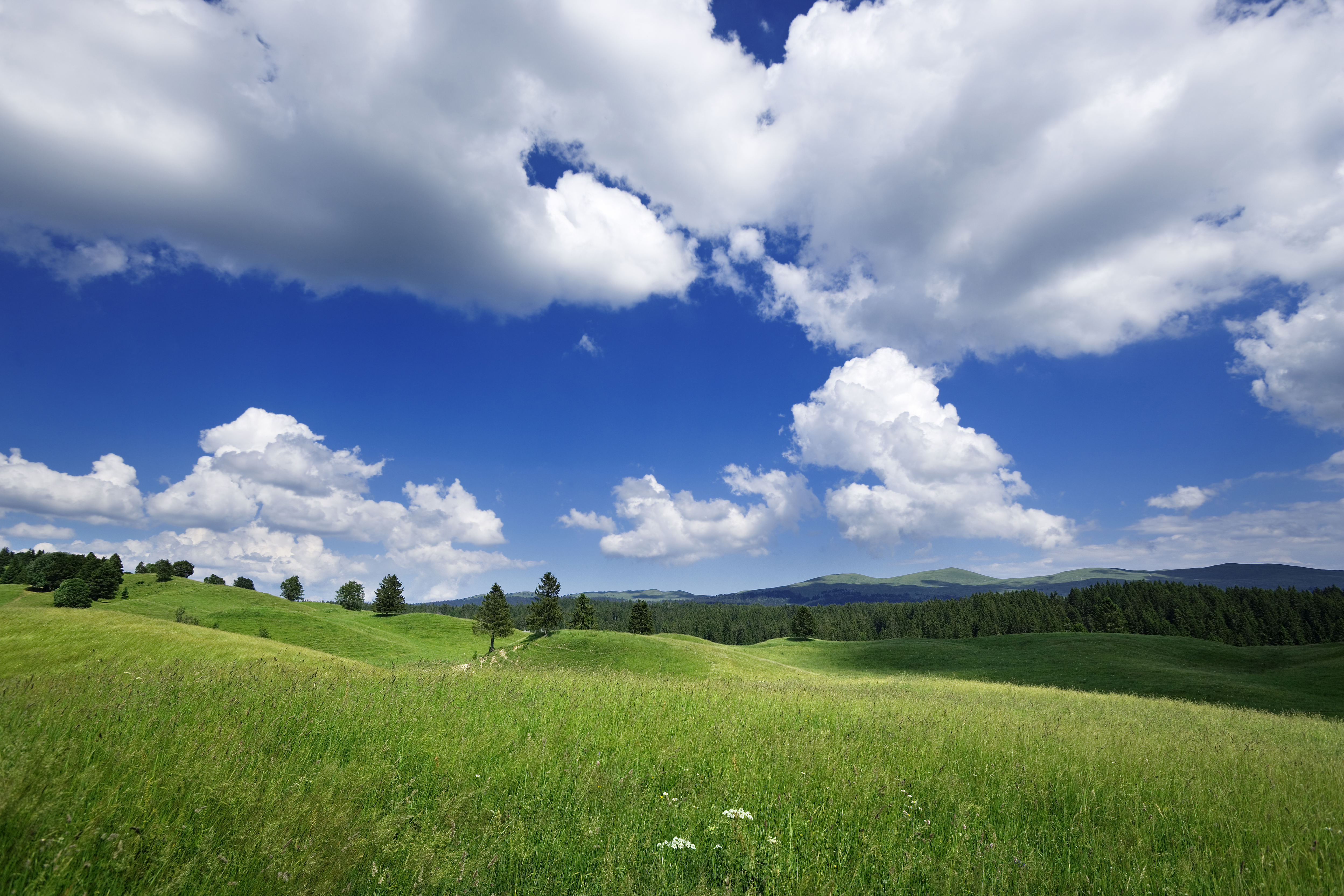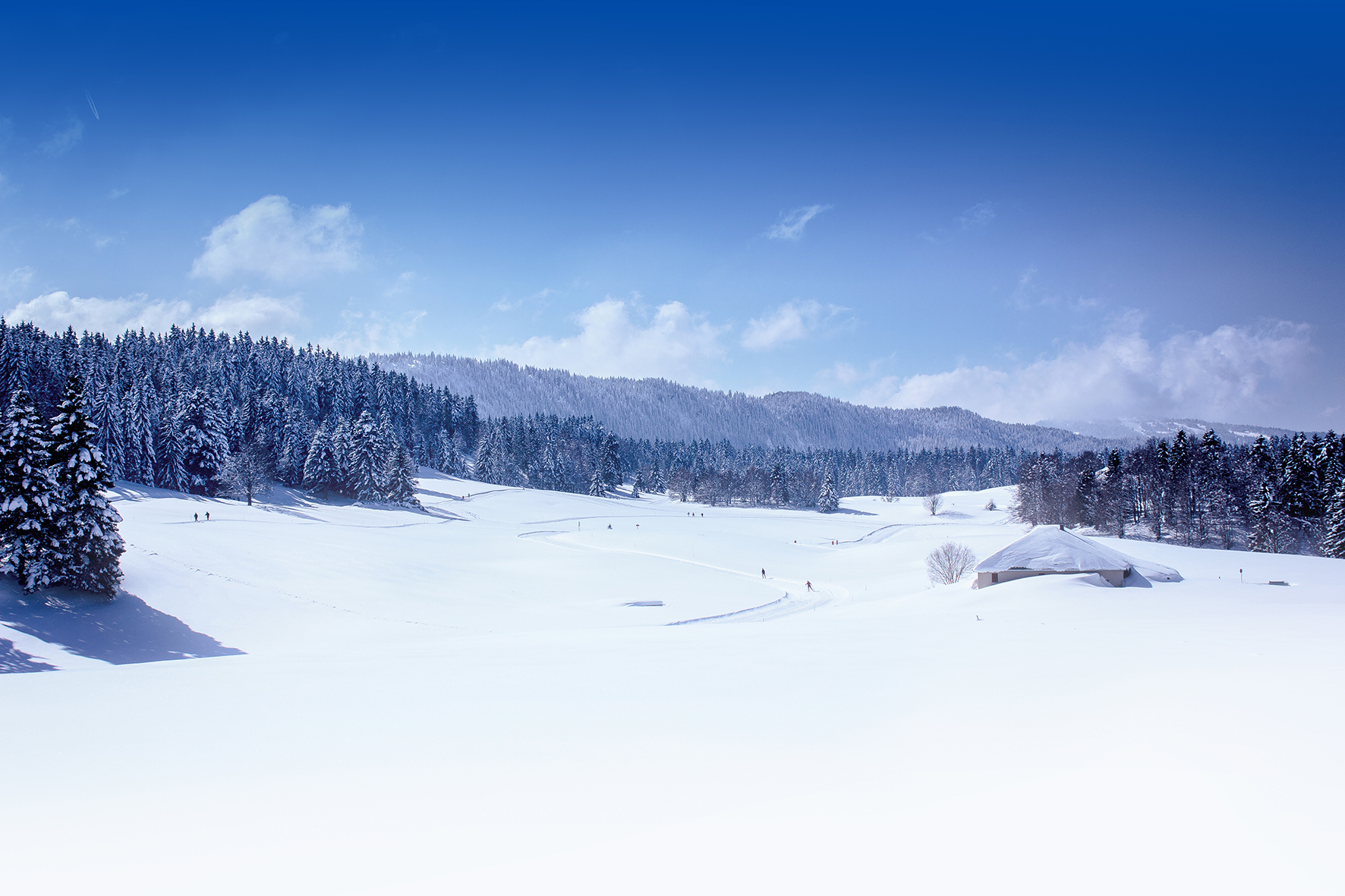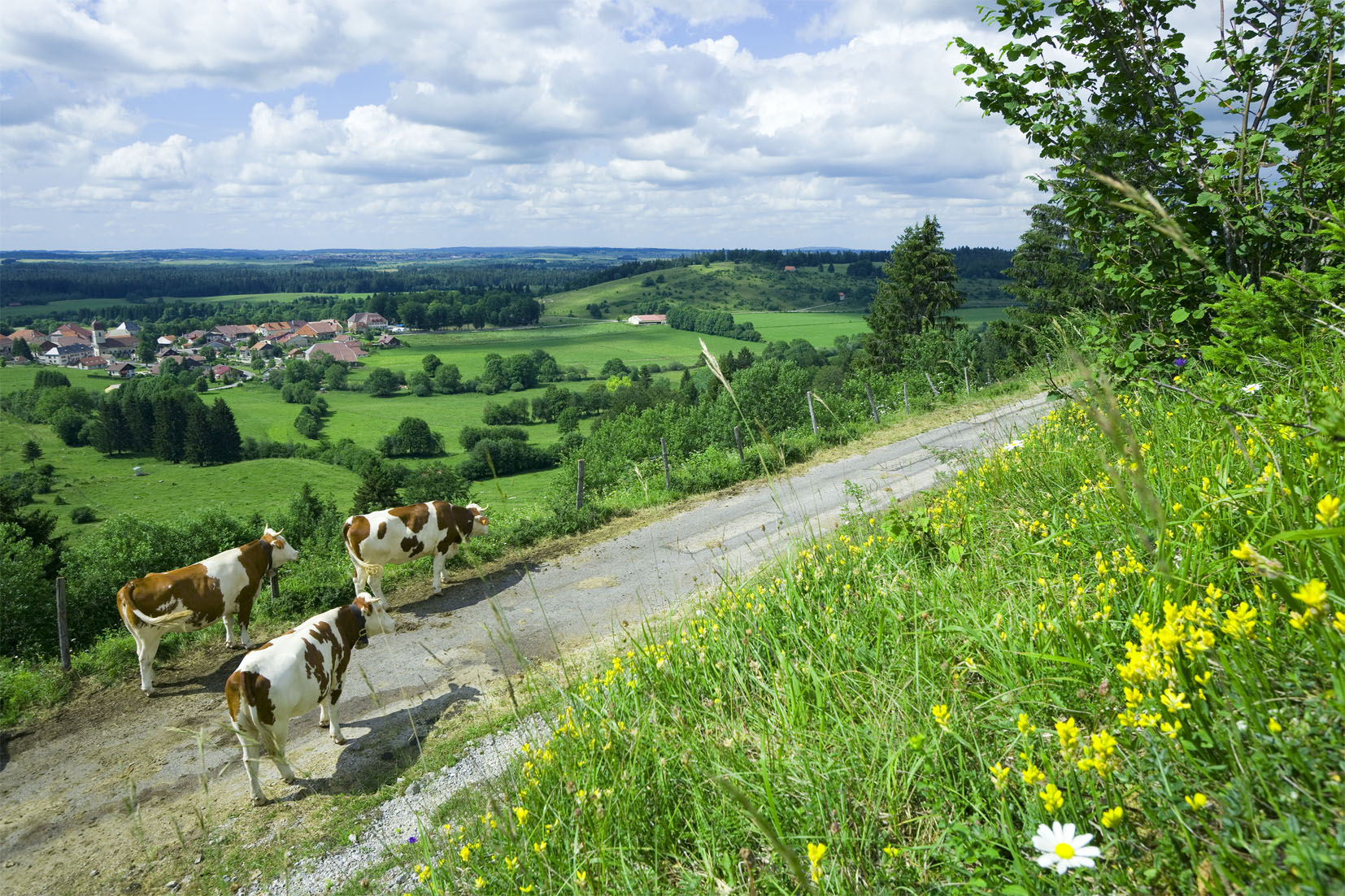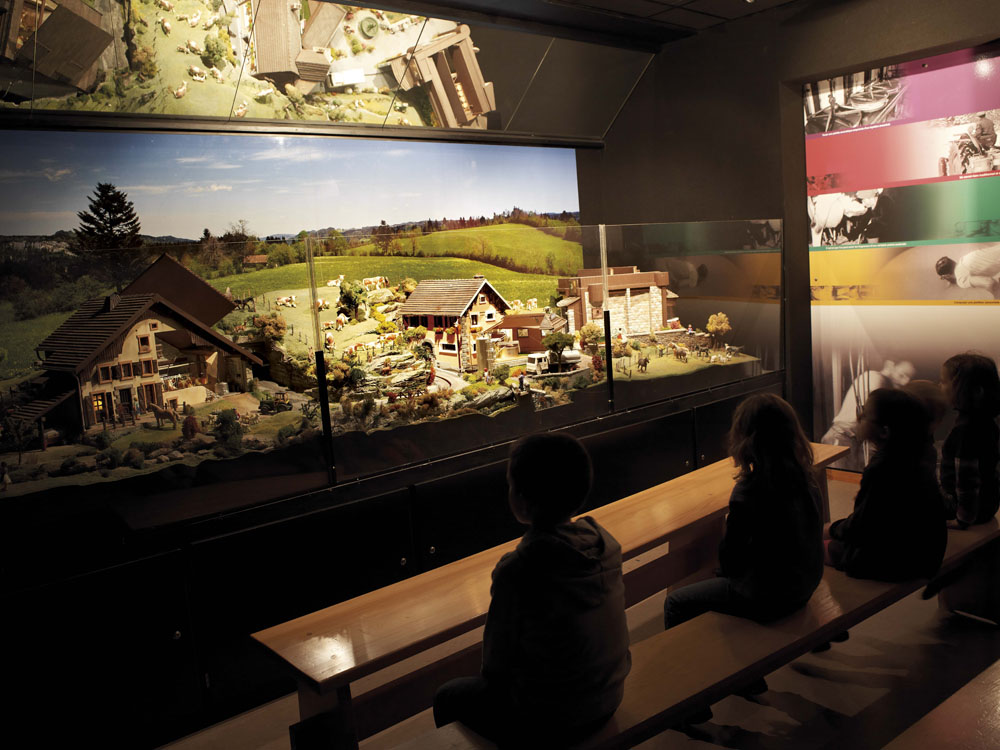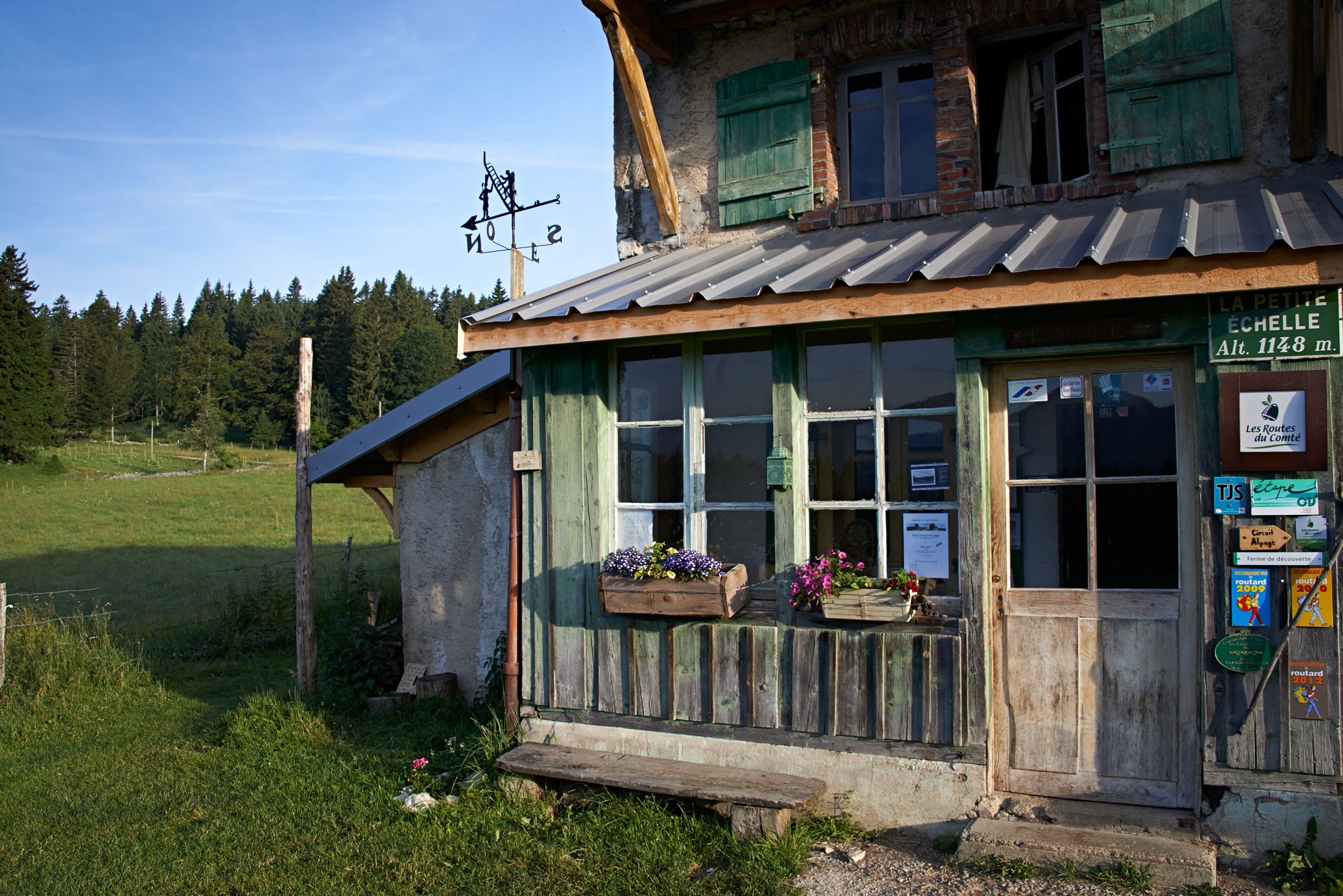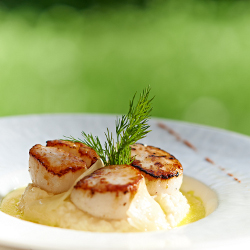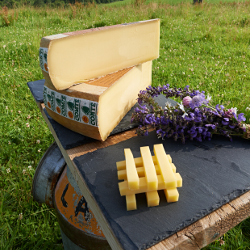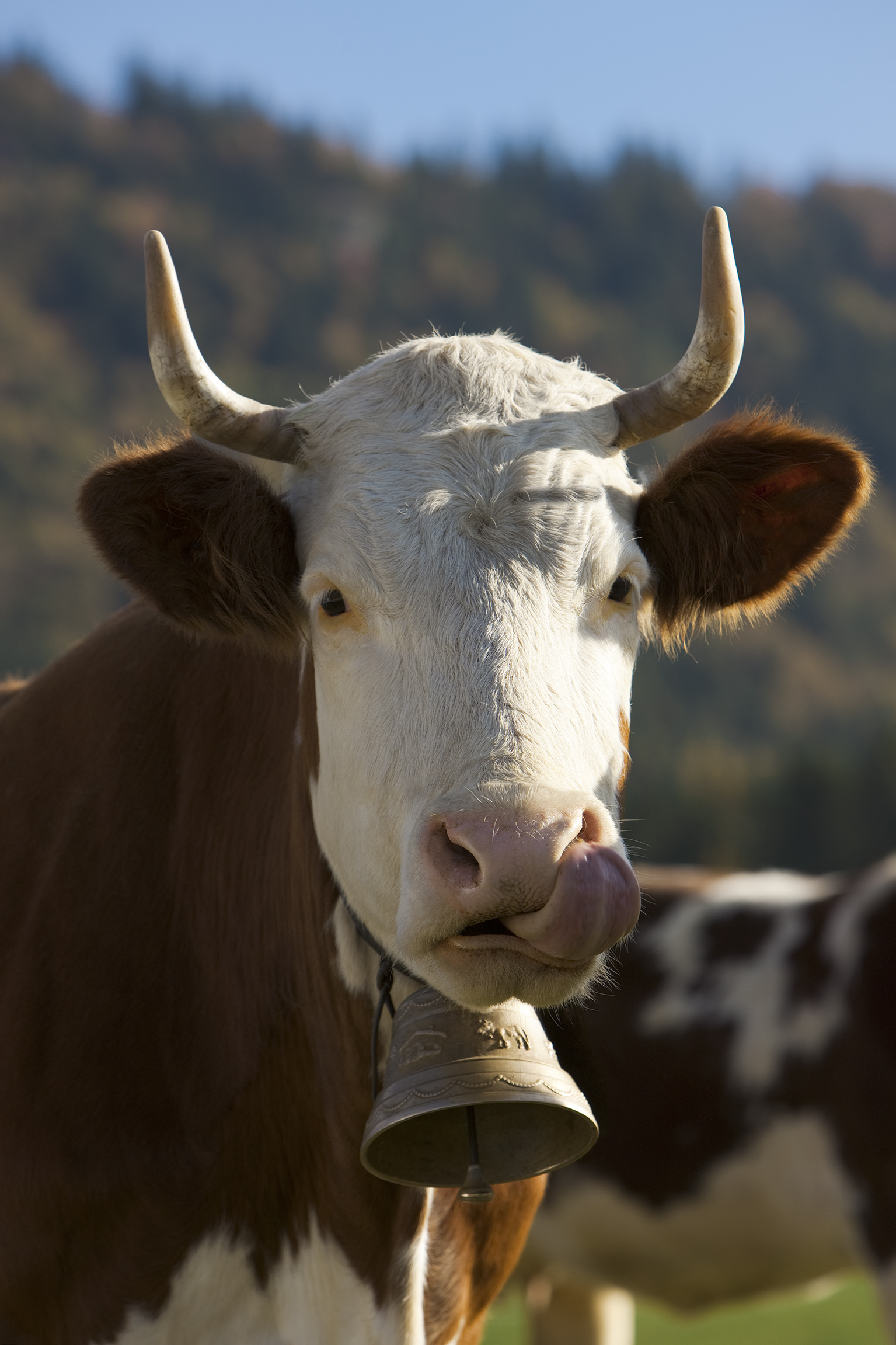Travel to the Region
The Comté region located in the mountains of the Jura, is not only known for its cheese production, but also for its outdoor activities, its cultural heritage, and its rich gastronomic traditions.
Maison du Comté
The Maison du Comté — House of Comté —in Poligny, officially opened its doors to the public on Wednesday, May 19th, 2021, after several years of reflection, two years and a half of work and a growing impatience to welcome visitors.
Through the Maison du Comté’s new interpretation center, the public can live an immersive experience in the land of Comté through a scenography focused on the five senses, play and cooperation. There are also activities specially designed for children, which makes the Maison a place the whole family can enjoy. The tastiest, and most privileged part of the visit occurs when the guide conducts a tasting of two differently aged Comtés and explains how to recognize their nuances, aromas and textures. (The tasting is included in the entrance fee.)
For more information on Maison du Comté, including events, go to https://www.maison-du-comte.com/
